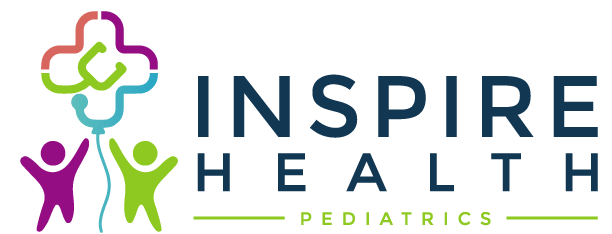
The Importance of Sports Physicals for Youth Athletes
Participating in sports offers numerous benefits for children and adolescents, including physical fitness, teamwork skills, and personal growth. However, ensuring the health and safety of young athletes is paramount to their overall well-being and performance. One essential component of this is the sports physical, a comprehensive medical examination conducted before participating in organized sports. We’re going to explore why sports physicals are crucial for youth athletes and what parents and guardians should know about their importance.
What is a Sports Physical?
A sports physical, also known as a pre-participation physical examination (PPE), is a thorough medical evaluation conducted by a healthcare provider. It assesses a young athlete’s overall health and physical readiness to participate in sports safely. Typically, sports physicals are required annually for youth participating in school-sponsored sports programs, community leagues, and recreational activities.
The Importance of Sports Physicals
Identifying pre-existing conditions: Sports physicals help identify any pre-existing medical conditions that could affect an athlete’s participation or performance. These may include asthma, heart conditions, allergies, musculoskeletal issues, or previous injuries.
Assessing fitness levels: Healthcare providers evaluate the athlete’s current fitness level, including cardiovascular health, strength, flexibility, and endurance. This assessment helps determine if the athlete is physically prepared for the demands of their chosen sport.
Injury prevention: Detecting potential risk factors for injuries is crucial in preventing sports-related accidents. Providers can offer advice on proper warm-up techniques, conditioning exercises, and safe participation guidelines tailored to the athlete’s individual needs.
Monitoring growth and development: Youth athletes undergo rapid physical growth and development, making regular assessments essential. Sports physicals track changes in height, weight, and maturation, ensuring appropriate adjustments in training and nutrition.
Clearance for participation: Following a sports physical, healthcare providers may provide clearance for the athlete to participate in sports activities. This clearance ensures that the athlete can engage safely without compromising their health.
What to Expect During a Sports Physical
During a sports physical, the healthcare provider typically performs the following:
- Review of medical history, including past illnesses, injuries, surgeries, and family medical history.
- Physical examination, assessing vital signs, vision, heart and lung function, joint flexibility, and neurological responses.
- Discussion of any medications the athlete is currently taking.
- Advice on injury prevention, nutrition, hydration, and safe sports participation practices.
Tips for Parents and Guardians
Proper hydration is key to staying healthy during the hot summer months:
- Schedule regular sports physicals: Ensure your child receives a sports physical annually or as required by their sports organization.
- Be honest about medical history: Provide accurate information about your child’s medical history, including any medications, allergies, or previous injuries.
- Communicate with coaches and trainers: Share relevant information from the sports physical with coaches and trainers to ensure they are aware of any health considerations.
- Encourage open communication: Encourage your child to report any symptoms or concerns about their health or well-being during sports activities.
Sports physicals are a vital aspect of ensuring the health and safety of youth athletes. By identifying potential health issues, assessing fitness levels, and providing guidance on injury prevention, sports physicals support athletes in achieving their full potential while minimizing the risks associated with sports participation. Parents and guardians play a crucial role in advocating for and facilitating regular sports physicals to promote the well-being and longevity of their young athletes’ sports careers. Prioritizing these examinations helps create a safe and supportive environment where youth can thrive and enjoy the benefits of sports participation.
